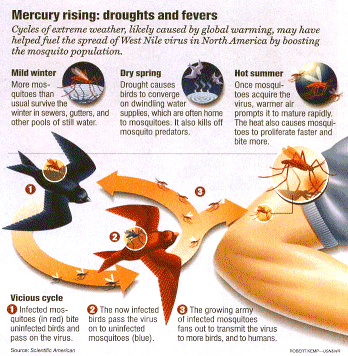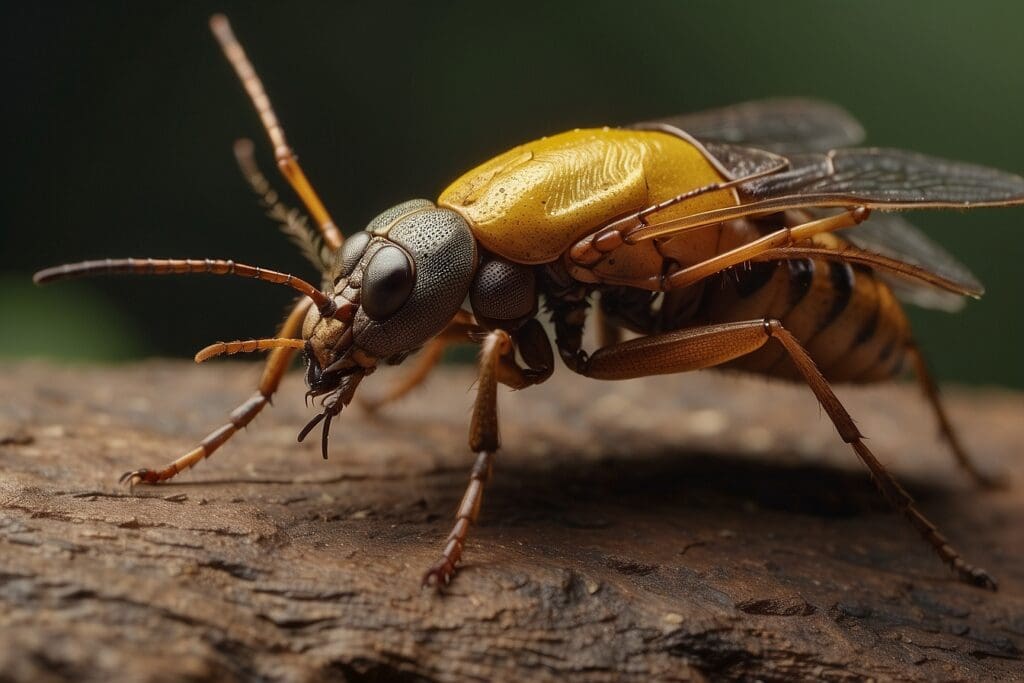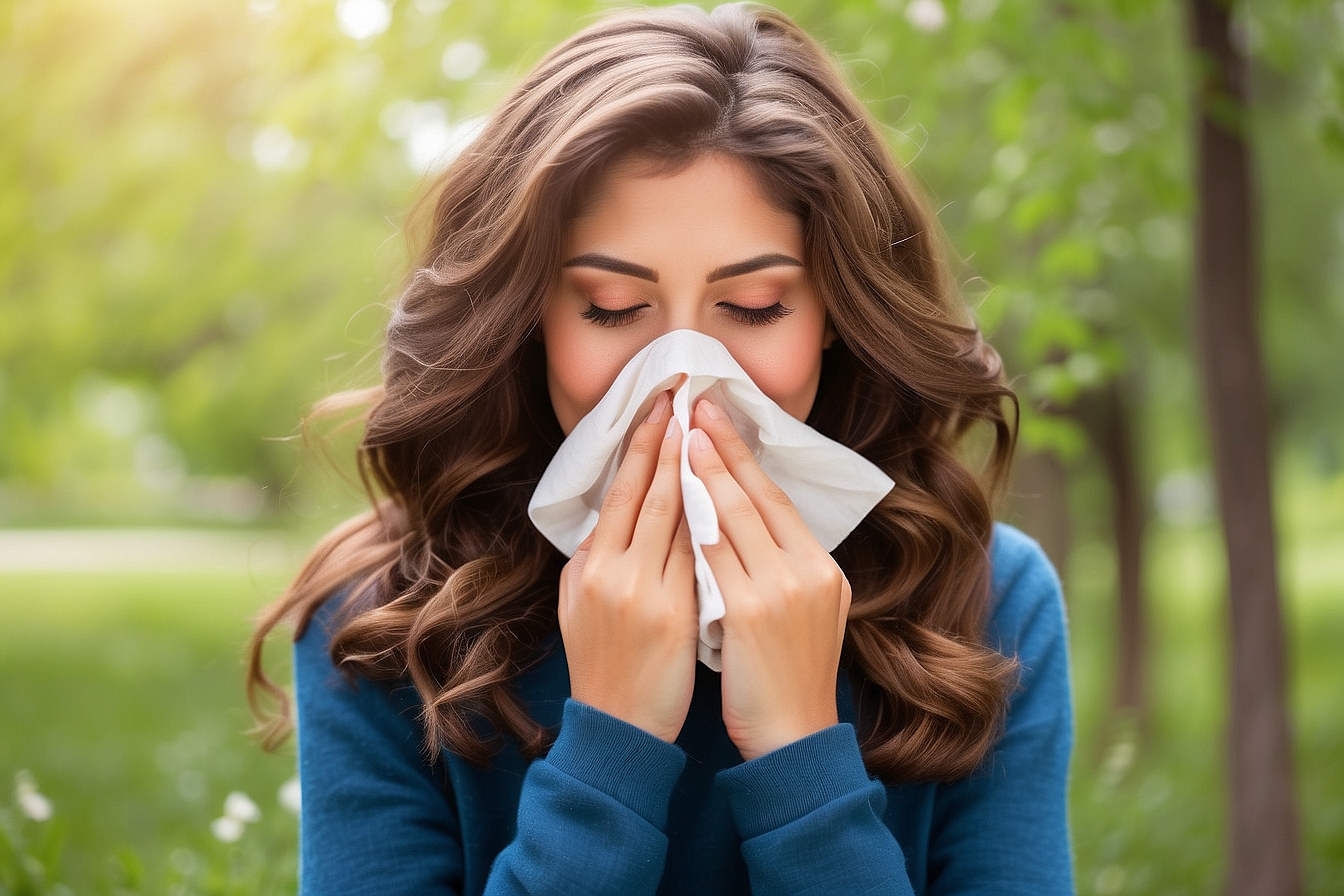Thus far, 2012 has been a particularly tragic year in terms of insect-borne diseases in the United States. The West Nile Virus has affected 1,993 Americans and killed 87 so far this year—the most cases since the disease was first reported in the U.S. in 1999.1 It’s a scary statistic that is just one example of the growth of the mosquito-born illness in the U.S. and throughout the world.
As the world’s climates continue to change, scientists predict that mosquitoes will thrive in more places across the globe than ever. This is because insects are often more successful at higher temperatures. For example, tropical mosquitoes, like the ones that carry malaria, require temperatures that are above 16°C to complete their lifecycles.2 When higher latitudes have warmer temperatures and less freezing events, these mosquitoes can extend their range.3 Some of the scariest insect-borne diseases that are likely to spread with climate change include: West Nile Virus, Dengue, Malaria, Lyme Disease, Chikungunya, and Rift Valley Fever.4
West Nile Virus
So far in 2012, 47 states have reported West Nile Virus infections in people, birds, or mosquitoes.5 The situation is especially bad around Dallas, Texas, where the virus has killed 10 people and sickened more than 200 over the summer. The city has declared a state of emergency and, for the first time in 45 years, has begun spraying pesticides from the air to kill the virus-carrying mosquitoes.6
Why have things gotten so bad? Though the Center for Disease Control doesn’t have an official response to that question, the director of the CDC’s Vector-Borne Infectious Disease Division said that “‘unusually warm weather’ may be to blame.”7 According to the National Climatic Data Center, 2012 is the hottest year on record in the United States. It’s probably not a coincidence that some of the states hit hardest by West Nile are also feeling the worst effects of the heat. As Scientific American recently put it:
The fact that the worst US West Nile epidemic in history happens to be occurring during what will likely prove to be the hottest summer on record doesn’t surprise epidemiologists. They have been predicting the effects of climate change on West Nile for over a decade. If they’re right, the US is only headed for worse epidemics.8
West Nile is a particularly scary example of a disease that will increase as climate changes. In contrast to most mosquito-borne diseases, which are most successful in the rainy tropics, West Nile can occur during times of drought. This happens because birds (the primary hosts of the virus) and mosquitoes are more likely to come into contact with each other as they migrate toward scarce water sources, increasing the transmission rate of the virus.9
In addition, populations of the natural predators of mosquitoes are greatly reduced during times of drought as wetlands dry up. High temperatures make for faster mosquito breeding, a faster biting rate, and also increase the development rate of viruses in infected mosquitoes.10 Thus, the hot temperatures around the country have not only increased the number of mosquitoes carrying the West Nile Virus, but have also raised the likelihood of a new strain arising, which can cause the disease to spread faster.11
 12
12
Dengue
Dengue Fever, also known as “Breakbone Fever,” has no cure or vaccine. It is characterized by high fever, headaches, bone and joint aches, and a rash.13 Recurrent infection can lead to bleeding, seizures, and death. The fever is one of the world’s most common diseases—900 million people around the world are affected, and the number is going up.14
According to regional World Health Organization (WHO) director Shigeru Omi, rising temperatures and increases in rain showers in Asia are allowing dengue fever to spread. Some cooler climates, like South Korea and Papua, New Guinea are seeing malaria-carrying mosquitoes for the first time.15 In the U.S., mosquitoes capable of carrying and transmitting diseases like Dengue Fever now live in at least 28 states. Between 1995 and 2005 nearly 4,000 cases of imported and locally transmitted Dengue Fever were reported in the U.S. In Florida alone, 28 locally transmitted cases were reported in a 2009-2010 outbreak. Prior to 2009, Dengue had not been in Florida for more than 40 years.16
Malaria
Every year, one in twenty people on Earth get sick from malaria. Over 300 million people a year experience intense fever, sweats, shaking chills, and extreme weakness. Many of those who recover suffer long¬-term anemia, periodic fevers, and chronic disability. The World Health Organization estimates that malaria kills more than a million people a year, most of them children. In Africa, a child dies of malaria every 30 seconds.18
Malaria was recently introduced to the foothills of Mount Kenya. Climate change has allowed malaria to spread into highland regions of East Africa because the uncharacteristically warm and wet climate has allowed mosquitos to expand their territory. This is problematic not only because it expands the range of exposure, but also because it expands the range to more vulnerable populations. Over the last year there have been unusually high rates of illness and death “because the disease was introduced into a largely nonimmune population.”19
Lyme Disease
Lyme disease is transmitted via ticks. Typical symptoms of Lyme disease include fever, headache, fatigue, and a characteristic skin rash. The geographic range of ticks that carry Lyme disease is limited by temperature.20 As temperatures warm, the ticks that carry Lyme disease could move throughout the United States and into Canada.21 As William Karesh, director of the World Conservation Congress’s Global Health Program explains “what [we] have now are fewer frozen nights in this region, and that allows the ticks and mosquitoes that carry these diseases to survive further north.”22
Chikungunya
Chikungunya is a mosquito-borne disease that was originally thought to be limited to Africa, Asia, and the Indian subcontinent. However, over the last few years the disease has spread to Europe. According to the World Health Organization, the disease first appeared in Northeastern Italy in 2007.23 Apparently the name comes from the Kimakonde language, and it means “to become contorted.”24 That does not sound pretty.
Rift Valley Fever
Rift Valley Fever is also native to Africa, but it is moving northward. Around 1% of humans infected with Rift Valley Fever die of it.25 The United Nations warns that the extreme weather events expected with climate change could create allow the disease to spread out of Africa, across the Mediterranean and Arabian Seas. The U.S. Army warns that this could create a very bad situation if Rift Valley Fever reaches the United States. Several mosquito species in North America could easily transmit the disease.26
Conclusion
Now that insect-borne diseases are on the rise, the best thing to do (aside from cutting down on greenhouse gas emissions , of course) is to protect yourself and your family from insect bites. The best way to reduce mosquitoes is to eliminate the places where they lay eggs, like artificial containers with standing water (pots, pet bowls, storage barrels, etc.). The Center for Disease Control also recommends using repellent on your skin, wearing long sleeves and pants, and making sure that screens are secure on doors and windows.27





